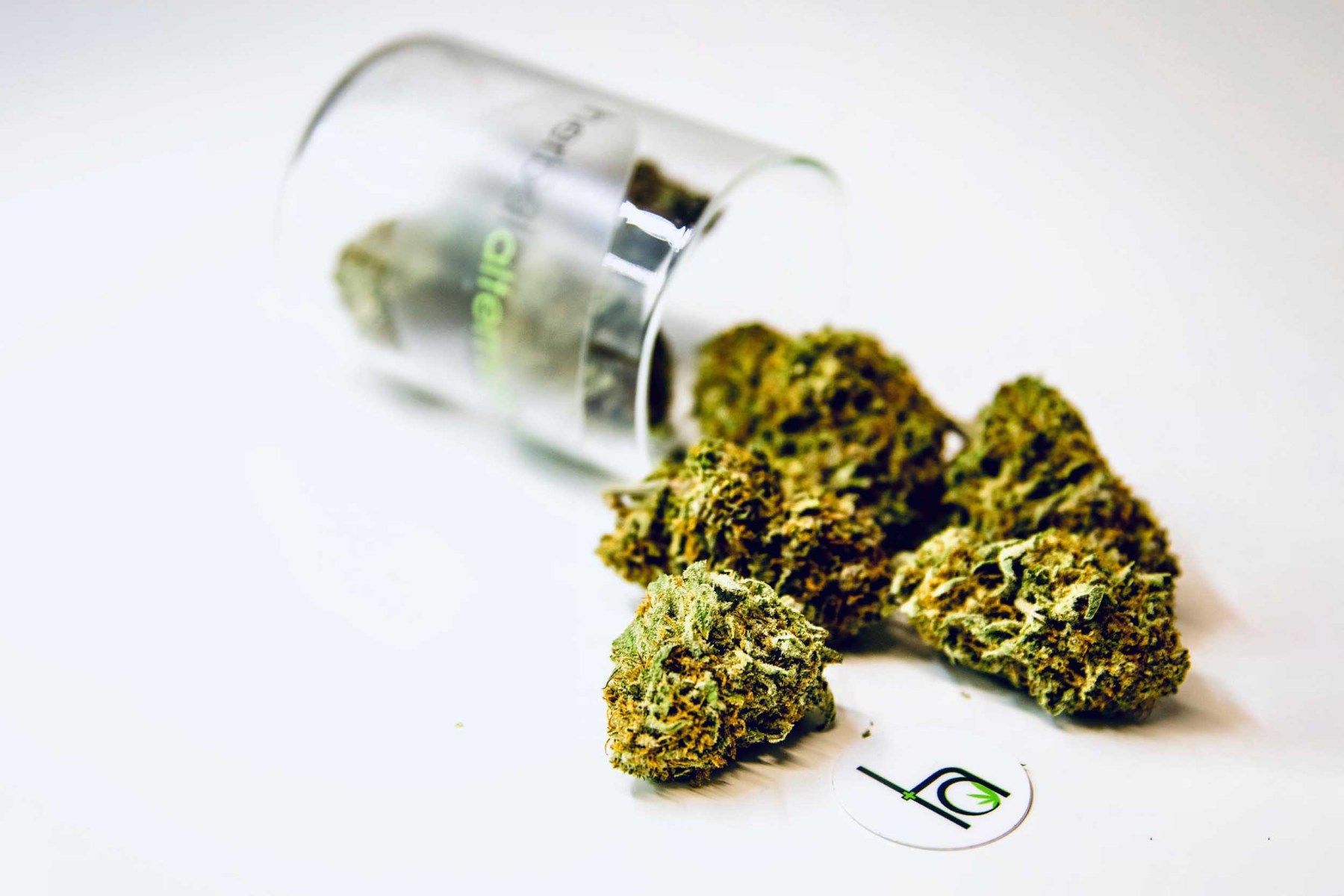Ergo the record is observed as state of the art on medical in addition to recreational use. This article pulls seriously with this resource.
The definition of pot is used loosely here to symbolize pot and marijuana, the latter being acquired from an alternative the main plant. More than 100 substance materials are found in pot, each possibly giving varying benefits or risk. A person who is “stoned” on smoking pot might knowledge a euphoric state where time is irrelevant, audio and colours take on a greater significance and the individual might purchase the “nibblies”, looking to consume sweet and fatty foods. This really is often associated with reduced engine skills and perception. When large blood concentrations are achieved, paranoid ideas, hallucinations and panic episodes may characterize his “trip “.
In the vernacular, pot is often characterized as “good shit” and “poor shit”, alluding to popular contamination practice. The toxins might originate from land quality (eg pesticides & major metals) or included subsequently. Occasionally contaminants of cause or small beads of glass enhance the fat sold. A arbitrary choice of healing consequences looks in situation of their evidence status. A number of the effects will soon be shown as beneficial, while others hold risk. Some outcomes are hardly distinguished from the placebos of the research.
Weed in treating epilepsy is inconclusive on consideration of inadequate evidence. Sickness and throwing up due to chemotherapy may be ameliorated by dental cannabis. A reduction in the severity of suffering in patients with serious pain is a likely outcome for the use of cannabis online shop. Spasticity in Numerous Sclerosis (MS) individuals was noted as improvements in symptoms. Upsurge in appetite and decrease in fat loss in HIV/ADS patients has been shown in confined evidence.
According to confined evidence pot is inadequate in the treating glaucoma. On the basis of limited evidence, pot works well in the treating Tourette syndrome. Post-traumatic condition has been served by marijuana within a noted trial. Confined statistical evidence factors to raised outcomes for traumatic brain injury. There is inadequate evidence to declare that weed can help Parkinson’s disease. Limited evidence dashed expectations that marijuana could help increase the apparent symptoms of dementia sufferers.
Restricted mathematical evidence is found to support an association between smoking weed and center attack. On the foundation of limited evidence weed is useless to take care of despair The evidence for paid down threat of metabolic issues (diabetes etc) is limited and statistical. Cultural panic disorders can be helped by marijuana, even though evidence is limited. Asthma and cannabis use is not effectively supported by the evidence either for or against.
Post-traumatic disorder has been helped by pot in one noted trial. A summary that cannabis can help schizophrenia patients cannot be supported or refuted on the cornerstone of the restricted nature of the evidence. There is moderate evidence that better short-term rest outcomes for disturbed sleep individuals. Maternity and smoking cannabis are correlated with paid down delivery weight of the infant. The evidence for swing due to pot use is limited and statistical.
Addiction to cannabis and gate way problems are complex, taking into account several factors which are beyond the range of this article. These problems are fully mentioned in the NAP report. The NAP report highlights the following results on the matter of cancer: The evidence shows that smoking weed doesn’t raise the danger for certain cancers (i.e., lung, head and neck) in adults. There is moderate evidence that marijuana use is related to one subtype of testicular cancer. There is small evidence that parental cannabis use throughout maternity is connected with larger cancer risk in offspring.
